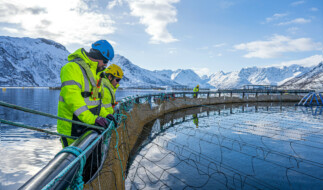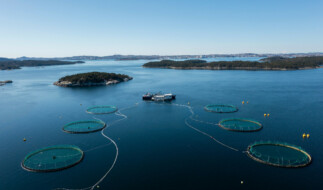DIGITAL TRANSFORMATION IN AQUACULTURE: HOW SALMON FARMERS ARE DRIVING A DIGITAL REVOLUTION
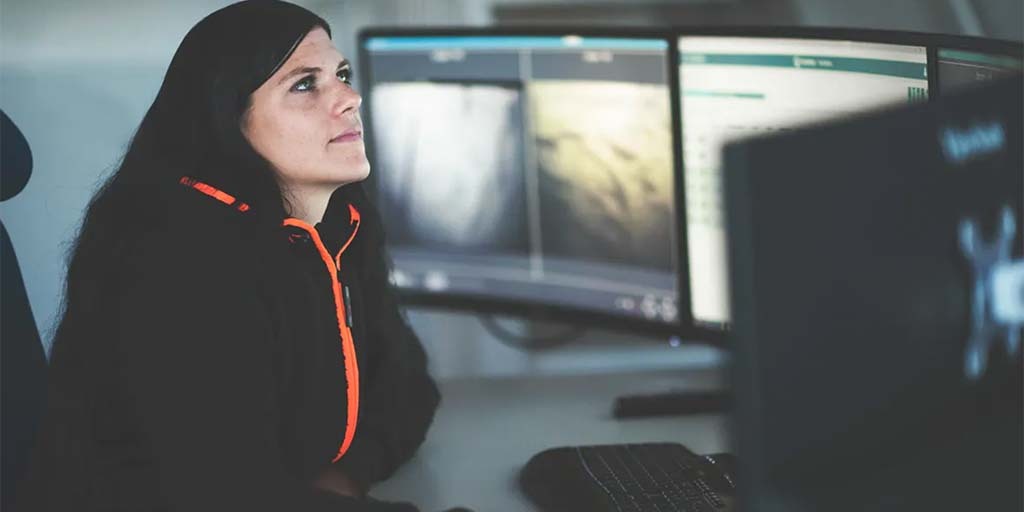
Aquaculture is going digital and these technologies are transforming and connecting the industry at remarkable rates. You may ask, why is technology in fish farming needed? For aquaculture to reach its potential – which includes the potential to provide up to six times more food sustainably from the ocean – the industry must continually evolve operations to not only produce more food, but do so with a lower environmental impact. By incorporating innovative digital technologies like AI feeding and blockchain, the aquaculture industry can increase efficiencies, reduce biosecurity risks and improve ocean health.
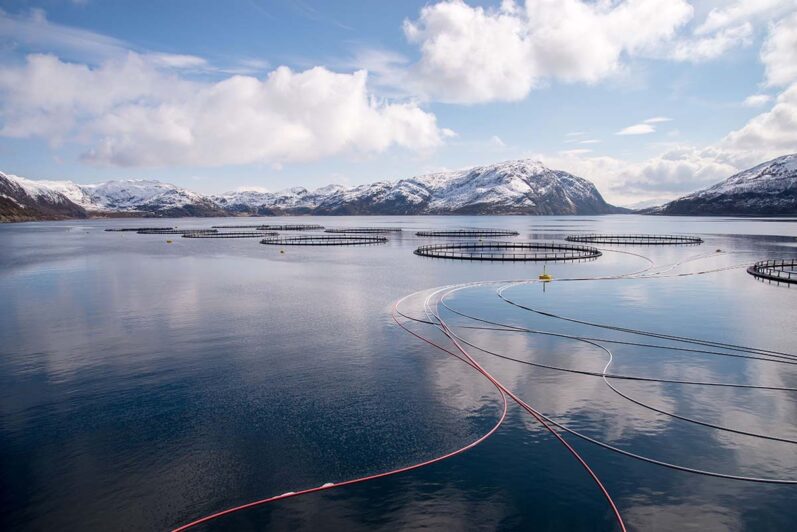
Grieg Seafood’s salmon farms increasingly use digital technologies to solve challenges.
For unprecedented challenges, we need innovative solutions
Our global food systems are under pressure and face severe challenges from climate change, population growth and biodiversity loss. Across the food system value chain, digital technologies are being implemented to collect, use and analyze data to address these challenges while simultaneously minimizing environmental impact and increasing production efficiencies and output.
Emerging technologies in data collection and synthesis, such as cloud-based platforms and machine learning, provide more data than ever before, leading to improvements in operational decision-making and successful production. And with the emergence of blockchain technologies to connect the data across the entire value chain,the transparency and traceability of foods are also improving.
The implementation of the tools is disrupting business as usual and providing agri-food industries with insights and predictive tools never seen or used before. These developments are not only exciting for the companies, but also for consumers who now have better knowledge on where food is from, how it was produced and its impact.
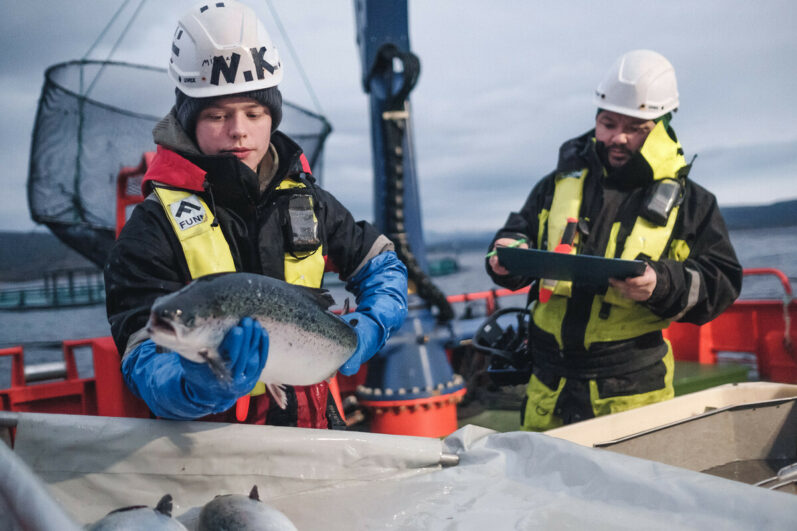
Cermaq’s team assessing salmon raised on its farms.
How GSI members are driving the digital transformation in aquaculture
Salmon aquaculture is already a highly developed and data-driven form of food production. But, there are always ways to further evolve. New digital technologies support improvements in animal welfare, monitor ocean health and enablethe supply chain to use fewer resources. Global Salmon Initiative (GSI) members are implementing these innovative digital technologies across their supply chain to produce responsibly farmed salmon that meets the needs of our growing food system. Here, we highlight how.
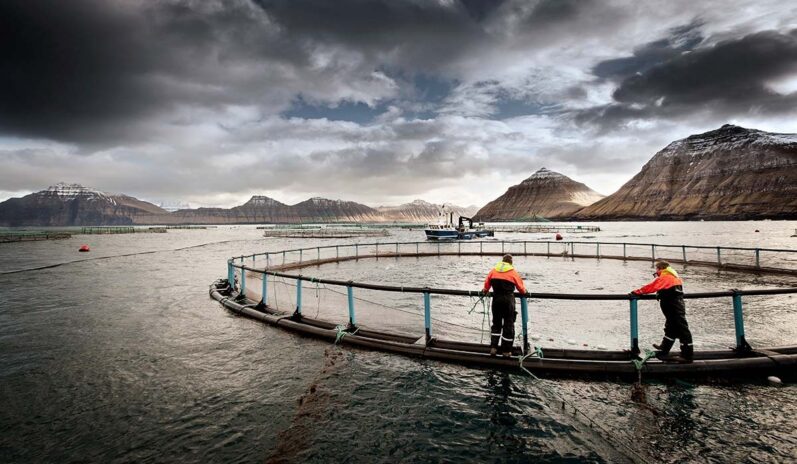
Bakkafrost uses blockchain technology to trace its farmed salmon’s provenance along the supply chain.
Blockchain technology
Blockchain technology (BCT) is revolutionizing systems of information recording. According to IBM, BCT is a shared, immutable ledger that facilitates the process of recording transactions and tracking assets in a business network. Blockchain is ideal for providing reliable information since it is completely transparent and cannot be altered. This provides greater security, trust and overall efficiencies.
- Bakkafrost – Using DNA markers for its salmon, Bakkafrost uses BCT to trace its product’s provenance along the supply chain. The salmon is fully traceable, helping combat food fraud, increase transparency and information such as sustainability certifications to customers.
- Nova Sea – As part of the Norwegian Seafood Trust, Nova Sea uses BCT to securely record and present data from the fish’s entire life cycle such as what it ate, where it was raised, the water quality of its surrounding environment and the mode of transport from farm to fork.
- Multiexport – With scannable BCT information accessible via QR codes, Multiexport is enabling customers to fully understand the origin of the farmed salmon they are buying.
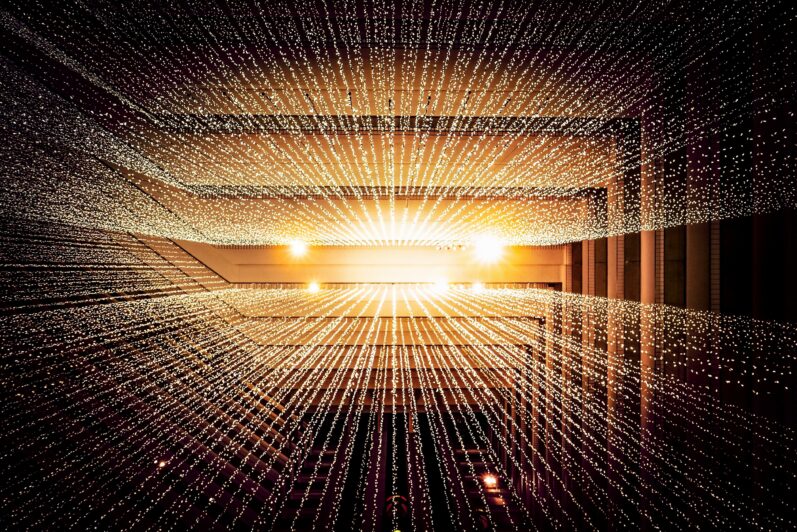
Cloud-based data is another technology used on GSI members’ salmon farms.
Cloud-based data
Cloud-based data storage allows for a network of remote servers to be connected by the Internet at once. This platform enables data from different farm sites and even different sectors to come together in real-time, increasing the analytic function of the data.
- Grieg Seafood – In partnership with Scoot Science, Grieg is using on-farm ocean sensors to collect information on changing ocean conditions (temperature, salinity and oxygen, among others) to help predict ocean trends and support Grieg with farm management approaches to reduce exposure to marine risks, plankton blooms and sea lice outbreaks. In addition, the data collected will be shared with other stakeholders, such as scientists and universities, as part of their work to better understand ecological systems.
- Tassal – Tassal installed underwater sensors at its sites which collect data on their salmon and the surrounding environment. This technology will help Tassal move away from manual reporting to more efficient, timely and accurate data collection.
- Salmones Camanchaca – To better connect farming operations to the market, Camanchaca is working with Altum on a web-based cloud solution that reviews all systems-related data regarding restrictions, production, storage and sales capacity to support more informed decision making.
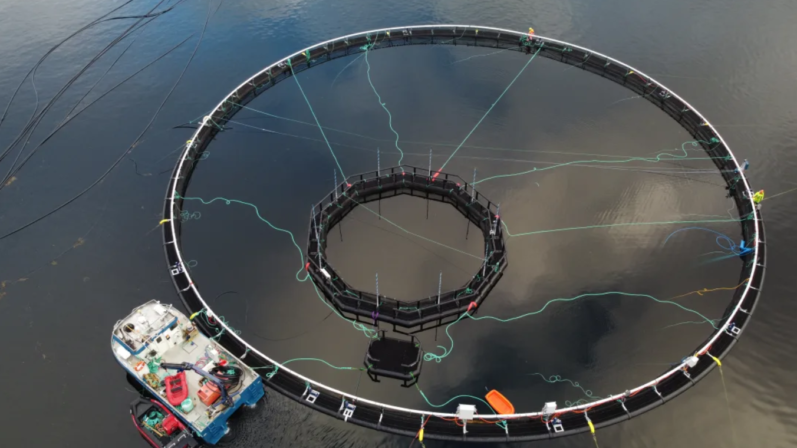
Cermaq salmon farm uses AI technology to improve its fish welfare.
Artificial Intelligence
Artificial Intelligence (AI) is the ability for computer systems to perform tasks that would normally require human intelligence, such as decision making, learning and problem solving. This allows for information to be processed and understood efficiently, aiding operations optimization, communications and risk prevention.
- AquaChile – To optimize feed operations, AquaChile is collecting data with video sensors to inform AI automated feeding systems, all connected to its central offices. Through the live feed, a remote operator will be able to observe fish behavior and determine when and how much to feed. The aim is to feed all cages on AquaChile farm sites remotely via satellite networks such as Starlink or 5G technology.
- Cermaq - Using AI in its system, iFarm, Cermaq scans each fish, recording and tracking their health profile (e.g., weight, lice counts, wounds, signs of illness) so the comapny can adapt health plans accordingly and treat each individual fish. This technology optimizes speed, performance, and accuracy of fish welfare knowledge and management.
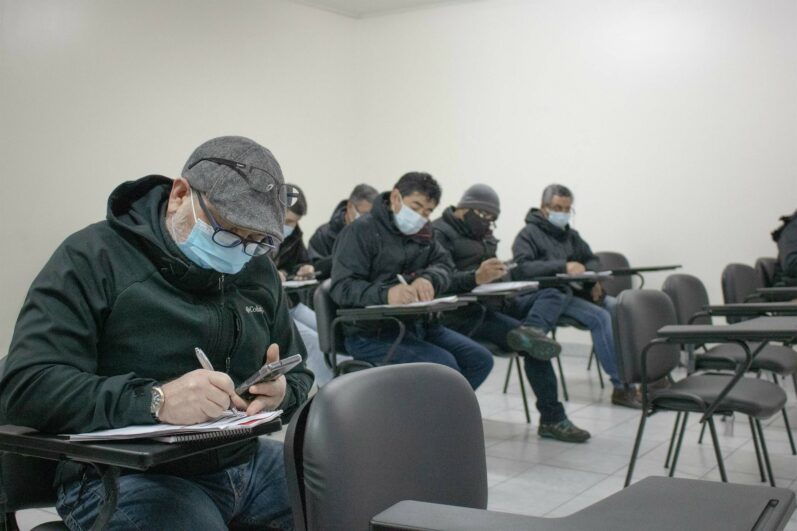
Salmones Camanchaca holds a digital literacy course for its employees.
Digital Literacy
Digital Literacy is the ability to use information and communication technologies to identify, understand, analyze and communicate information. Increasing digital literacy alongside the development of innovative technology is crucial to ensure that these technologies can be implemented and used correctly.
- Salmones Camanchaca - To overcome the knowledge gaps associated with digital tools, Camanchaca developed a literacy course for all their employees.
With the greater use and inclusion of data and technology, we hope to improve fish welfare, farm management, traceability and environmental impact. There's always something new happening, so stay tuned to see what else the future holds!
